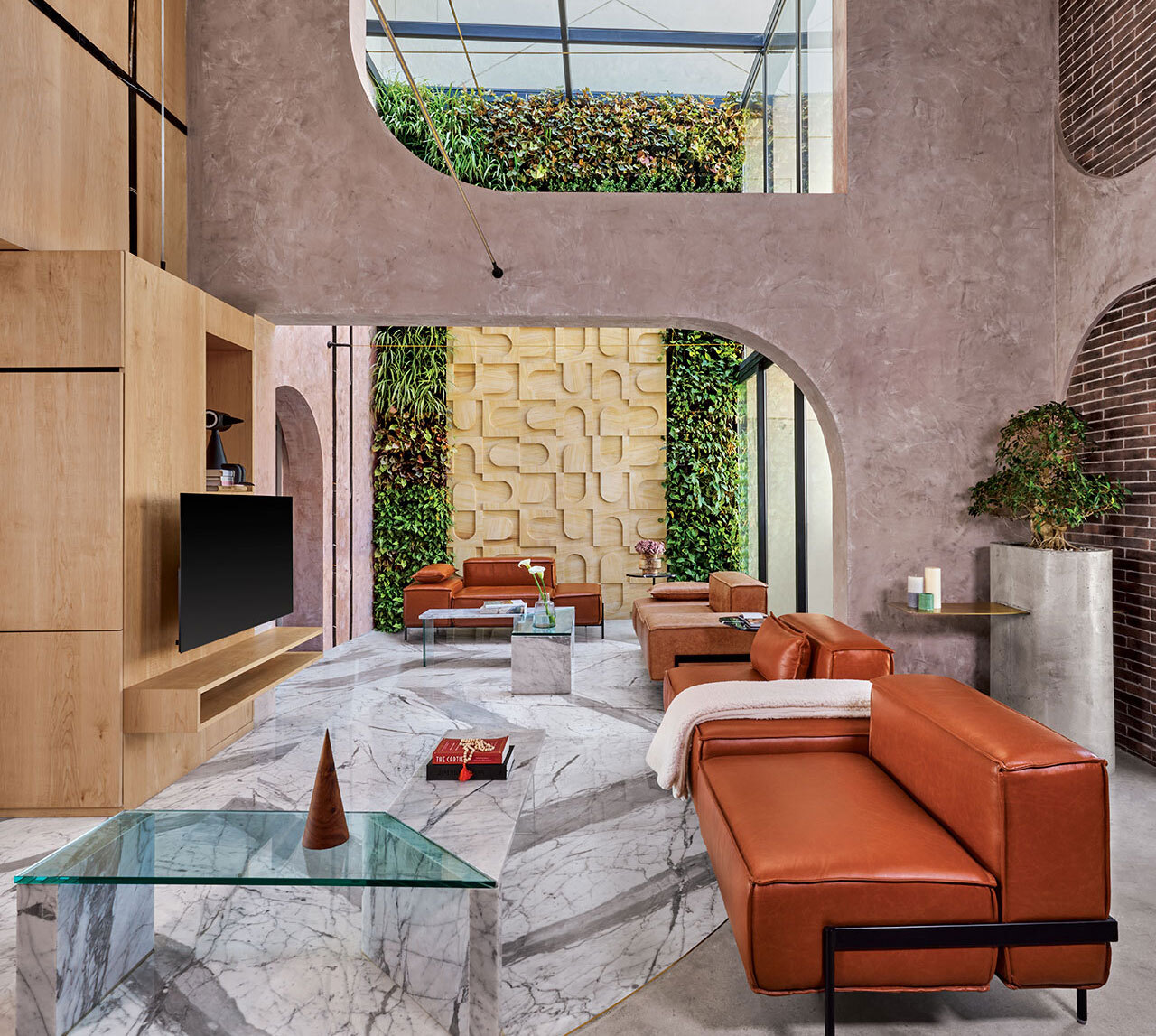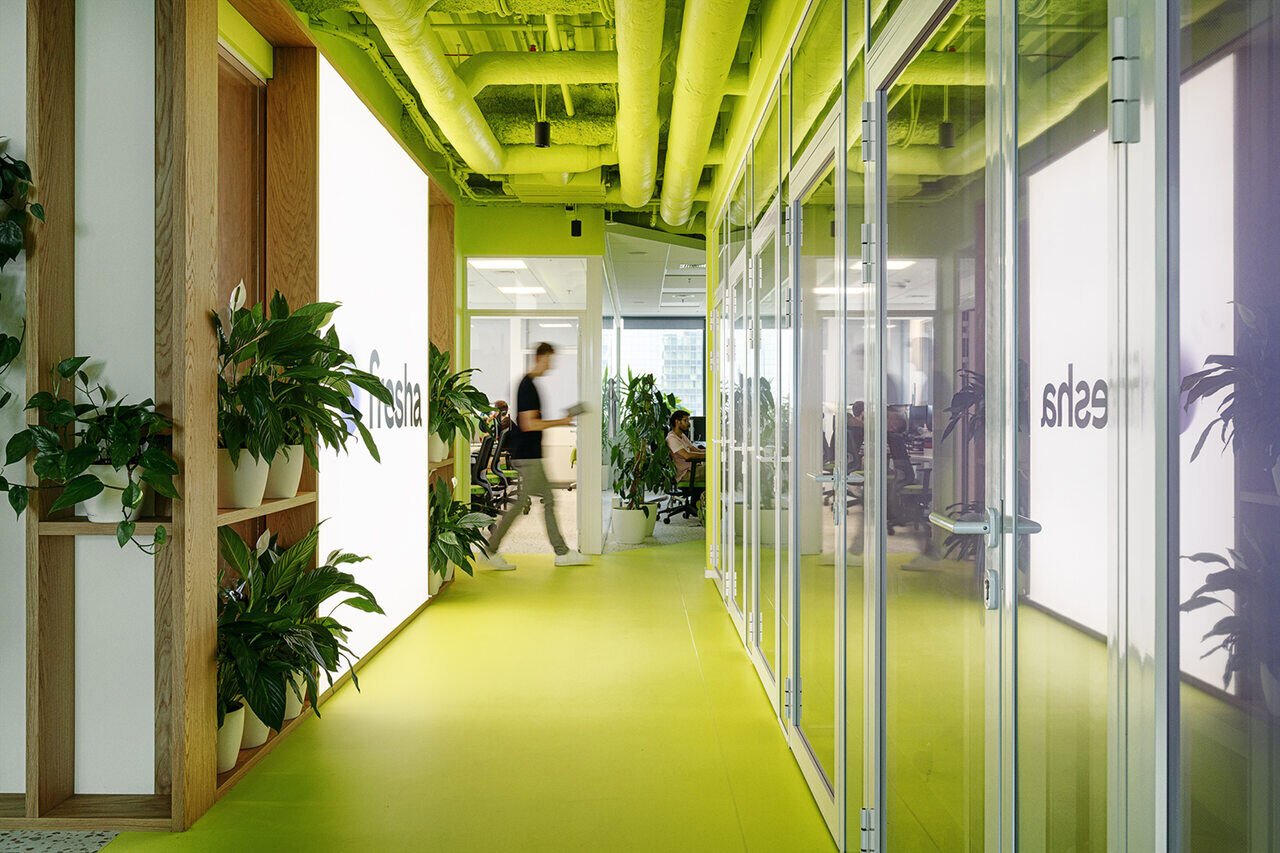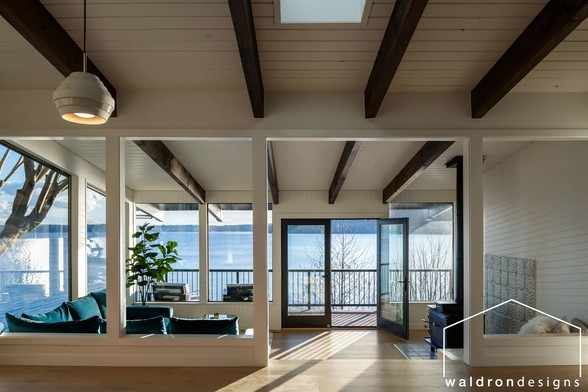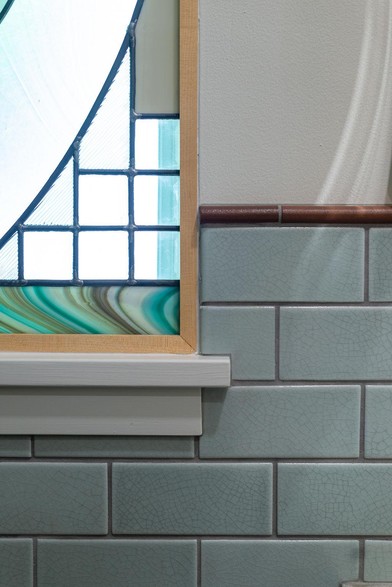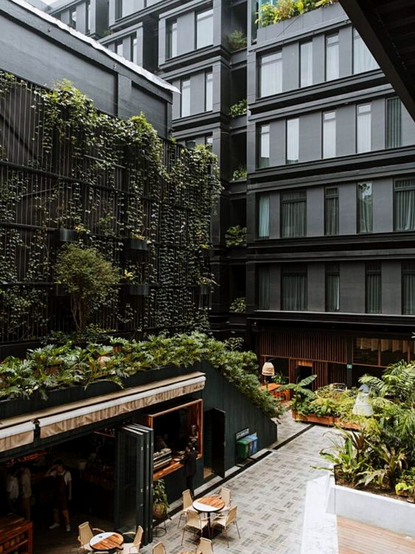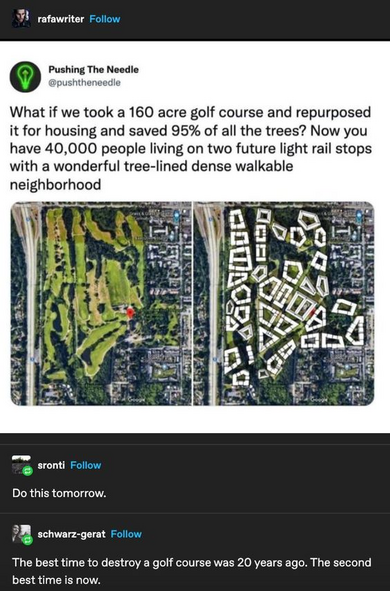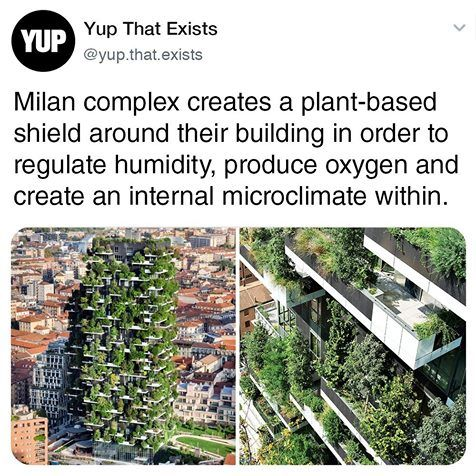Thinking Green: Why Schools Should Have #NaturalSpaces
December 13, 2023.
"As urbanization and technology increasingly dominate our landscapes and lifestyles, many educational facilities are becoming more and more sterile. However, the presence of green or natural spaces in schools has become more important than ever. Not only do these spaces offer aesthetic value, but they also contribute significantly to the physical, psychological, and educational well-being of students. This article explores the benefits of integrating green spaces in school environments and provides practical strategies, such as sourcing wholesale plants, for schools to achieve this goal.
The Benefits of Green Spaces
"Learning and Cognitive Development: Exposure to natural environments has been shown to improve memory, attention, and concentration in students. This leads to better academic performance and a more effective learning environment. Additionally, green spaces provide sensory experiences and opportunities for hands-on learning experiences and exploration, fostering curiosity and creativity among students.
"Mental Health and Well-being: Green spaces provide a calming effect, reducing stress and anxiety in students. The tranquil environment of natural settings can offer a peaceful retreat from the often hectic school routine, contributing to better mental health and emotional well-being. In fact, studies have shown that children who have regular access to green spaces exhibit fewer behavioral problems, such as hyperactivity.
"Physical and Social Development: Access to green spaces encourages physical activities like playing, walking, and other forms of exercise. This not only helps in tackling issues like obesity but also promotes overall health and fitness among students. Natural environments also foster more organic social interactions that lead to improved social skills, better peer relationships, and greater opportunities for collaborative learning and play.
"Environment Quality: Plants and trees in green spaces function as natural air filters, improving air quality around the school. This is particularly beneficial in urban areas, where air pollution is a significant concern. At the same time, plants can perform the job of being natural sound buffers, reducing noise pollution and creating a more peaceful and conducive learning environment for students.
"Connection with Nature: Regular exposure to green spaces helps students develop a deeper understanding and appreciation of the #NaturalWorld. Students can learn about plants, animals, and ecosystems firsthand, applying their classroom knowledge to real-life experiences. This connection is crucial for fostering #EnvironmentalStewardship and a sense of responsibility towards nature conservation.
Strategies for Creating Green Spaces
"Creating #SchoolGardens: School gardens can be used for teaching subjects like biology, environmental science, and nutrition. Gardens offer hands-on learning opportunities and can help students understand plant life cycles and food production. At the same time, planting trees around school premises can create shaded areas, reduce heat, and improve air quality. Sourcing native plants from wholesale nurseries can be a cost-effective and sustainable way to establish school gardens and contribute to overall greening efforts.
"Developing #GreenPlaygrounds: Unlike traditional playgrounds that predominantly feature manufactured equipment, green playgrounds integrate natural elements such as trees, grassy areas, bushes, and sand. These spaces are designed to stimulate imaginative and unstructured play, which is crucial for children’s cognitive, physical, and emotional development. By incorporating elements like logs for balancing, natural climbing structures, and areas for digging, children engage in more creative and physically active play.
"Establishing #WildlifeHabitats: By creating spaces like #ButterflyGardens, bird feeders, small ponds, or native plant areas, schools can attract and support various local wildlife species. These habitats provide students with unique, up-close opportunities to observe and learn about different ecosystems and the species that inhabit them. Such initiatives not only enhance #biodiversity but also serve as living laboratories for hands-on learning in subjects like biology, ecology, and environmental science.
"Incorporating Living Walls and Green Roofs: For schools with limited space, living walls (vertical gardens) and green roofs are innovative ways to integrate greenery. Living walls are installations where plants are grown on vertical surfaces, transforming plain walls into lush, living tapestries. Similarly, green roofs involve cultivating vegetation on rooftops. Both these features beautify the school environment and offer tangible environmental benefits, such as improved air quality and reduced urban heat island effect.
"Integrating #Sustainability Action: Integrating sustainability action into the curriculum and #GreenSpace initiatives can help students understand the importance of environmental stewardship. For instance, schools can implement a composting system in the school garden or use upcycled materials in garden projects to promote waste reduction and resource conservation. This form of education encourages critical thinking about how our activities impact the environment."
Read more:
https://campuspress.yale.edu/ledger/thinking-green-why-schools-should-have-natural-spaces/
#Curiosity #Creativity #RiskTaking #Resilience #NatureDeficitDisorder #LessScreenTime #MoreGreenTime #SolarPunkSunday #NatureBasedLearning #SchoolGardens #BiophilicDesign
